Inert Landfill
An Inert Landfill can only accept Inert Waste that meets the Directive definition of inert (Article 2(e)) and the relevant Waste Acceptance Criteria (WAC).
Arrangements
An Inert Landfill can only accept Inert Waste that meets the Directive definition of inert (Article 2(e)) and the relevant Waste Acceptance Criteria (WAC). WAC for Inert Waste is set out in paragraph 2.1 of the Annex to the EU Council Decision (1999/31/EC)[1]. The Decision provides a list of Inert Waste that can be accepted without testing where there is confidence that the waste is not contaminated, all other Inert Waste must be tested to demonstrate that they meet the leaching limit values given in the Decision for Landfill in an Inert Landfill[2]. The WikiWaste page Landfill frames this type of site and puts into a wider context of other types of Landfill.
Inert Landfill Capacity
England
The capacity of Inert Landfill is reported[3] by the EA for England and is summarised in the graph and table below. There were 160 sites reported in 2020, an increase of 1 on 2020, but an increase in overall capacity from 122.1 million cubic metres in 2019 to 140.2 million cubic metres in 2020.
| <graph>{
"width":400, "height":200, "data":[{ "name":"table", "values":[ {"x":2015,"y":132.6},{"x":2016,"y":147.8},{"x":2017,"y":125.2}, {"x":2018,"y":124.5},{"x":2019,"y":122.1},{"x":2020,"y":140.2} ] }], "scales": [ {
"name": "x",
"type": "linear",
"range": "width",
"zero": false,
"domain": {"data": "table", "field": "x"}
},
{
"name": "y",
"type": "linear",
"range": "height",
"nice": true,
"domain": {"data": "table", "field": "y"}
}
], "axes": [ {"type": "x", "scale": "x", "format":"d","title":"Year"},
{"type": "y", "scale": "y", "grid":true, "title":"Million Cubic Metres"}
], "marks": [ {
"type": "line",
"from": {"data": "table"},
"properties": {
"enter": {
"x": {"scale": "x", "field": "x"},
"y": {"scale": "y", "field": "y"},
"stroke": {"value": "steelblue"},
"strokeWidth":{"value":2}
}
}
},
{ "type": "symbol",
"from": {"data": "table"},
"properties": {
"enter": {
"x": {"scale":"x","field": "x"},
"y": {"scale":"y","field": "y"},
"fill": {"value": "steelblue"},
"size":{"value":15}
}
}
} ] }</graph> |
| Year | 2015 | 2016 | 2017 | 2018 | 2019 | 2020 |
| Million Cubic Metres | 132.6 | 147.8 | 125.2 | 124.5 | 122.1 | 140.2 |
England by Region
All data 2020[4]. Please note that the "Number of Sites" in the table below relates to those sites that have returned a reported void. This figure does not necessarily correspond to the total number of sites in a region.
| Region | Number of Sites | Total Void (m3) | Average Void per site (m3) |
|---|
Scotland
All Data for 2019, owning to a cyber attack at SEPA there is currently no 2020 data.
| Region | Number of Sites | Total Void (t) | Average Void per site (t) |
|---|
Wales
Void data for 2018 for wales, Site Count Data is 2020.
| Region | Number of Sites | Total Void (m3) | Average Void per site (m3) |
|---|
Operational Landfill
East Midlands
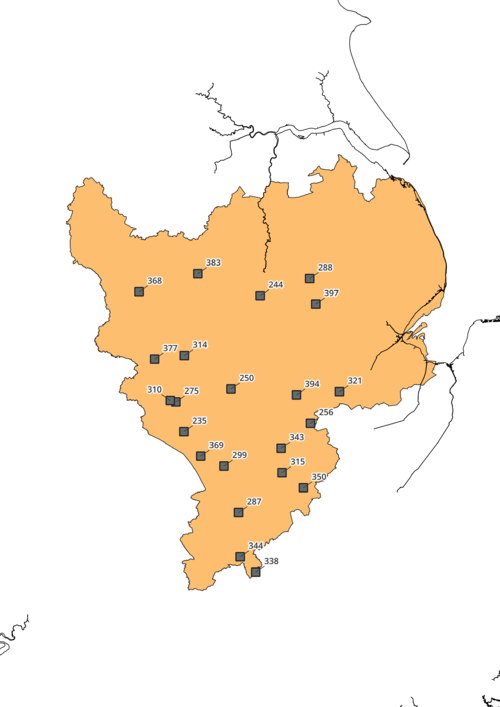
East of England
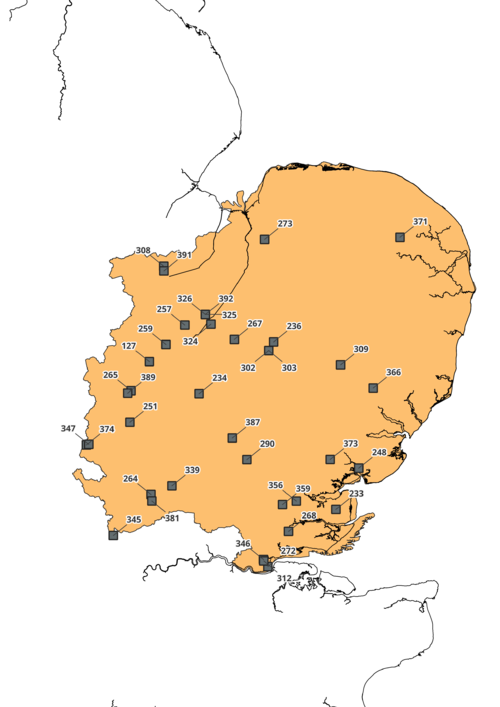
London
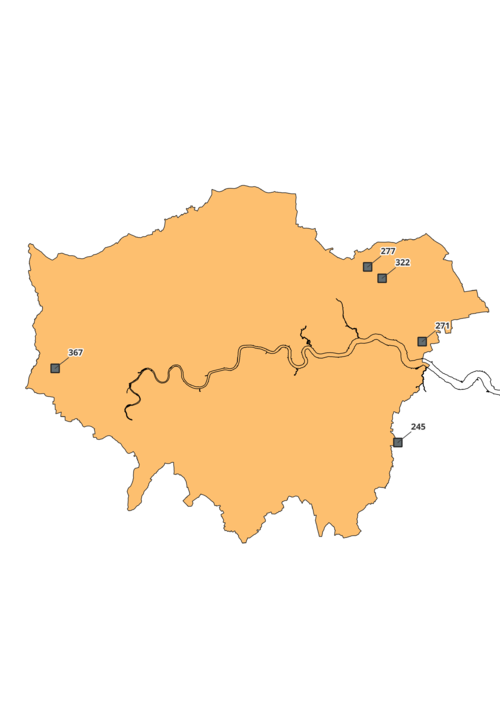
North East
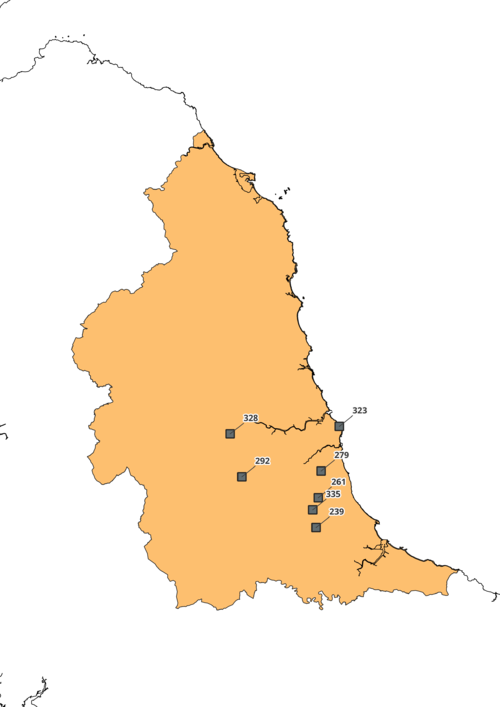
North West
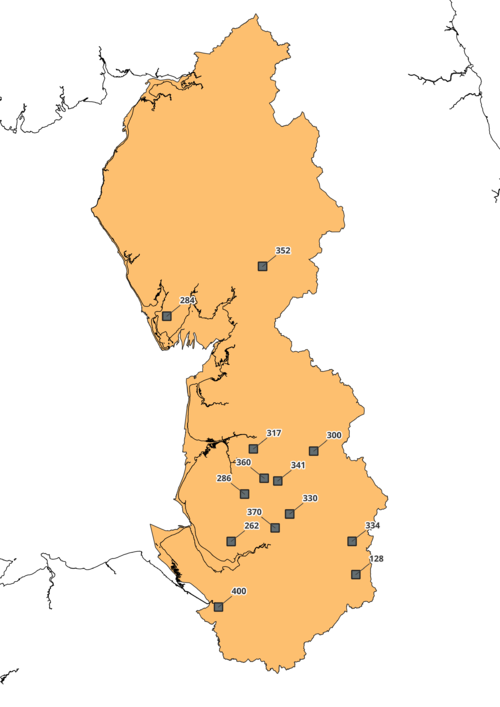
Scotland
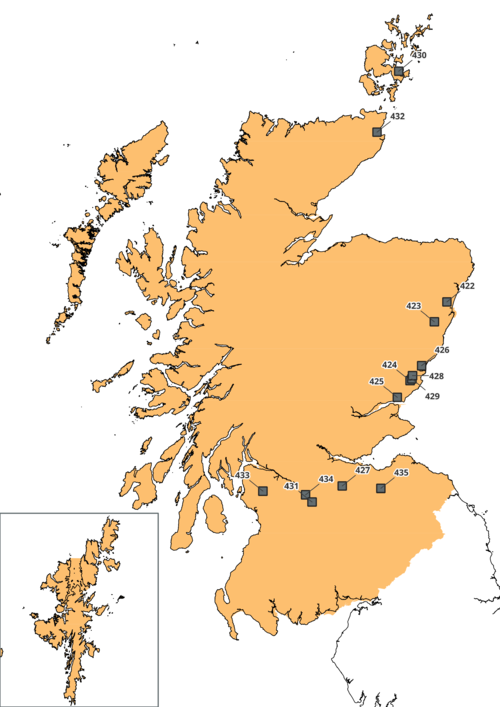
South East
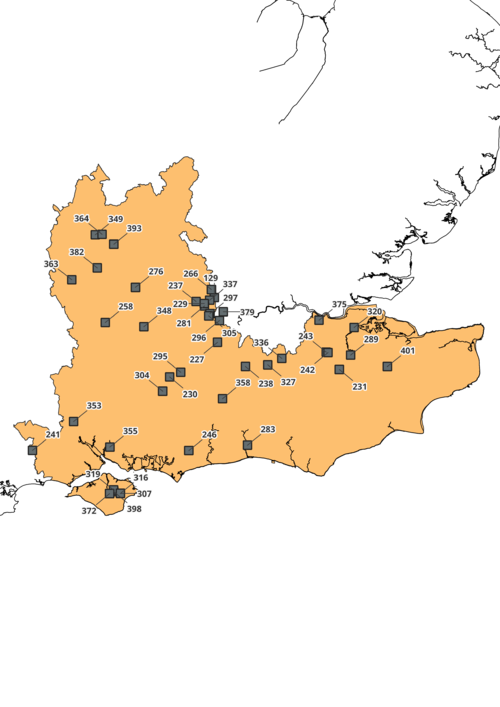
South West
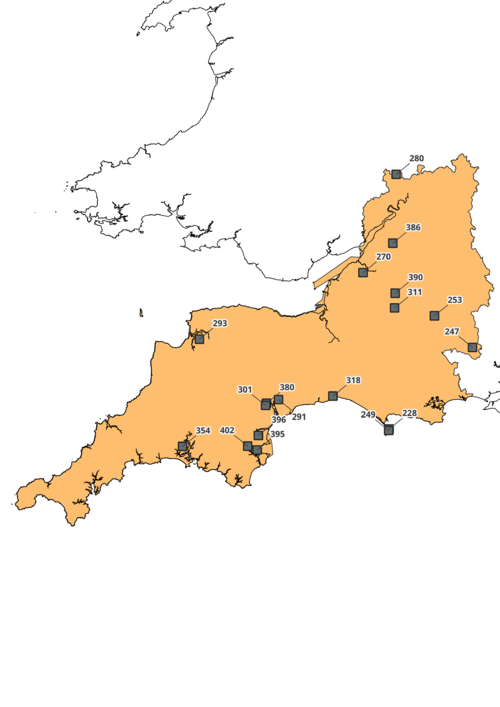
Wales
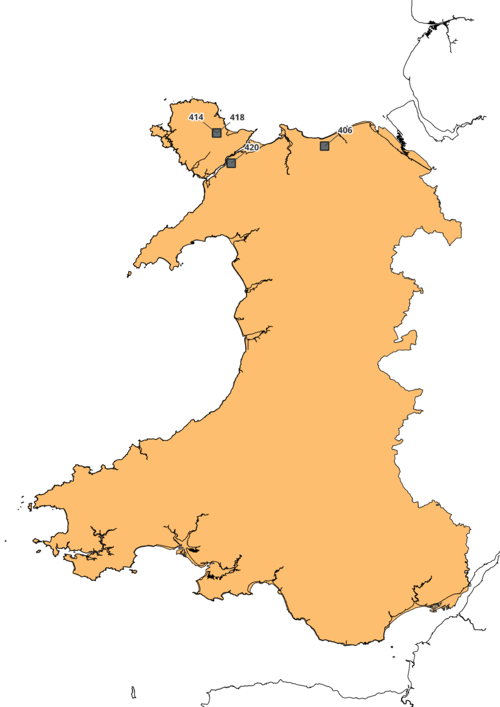
West Midlands
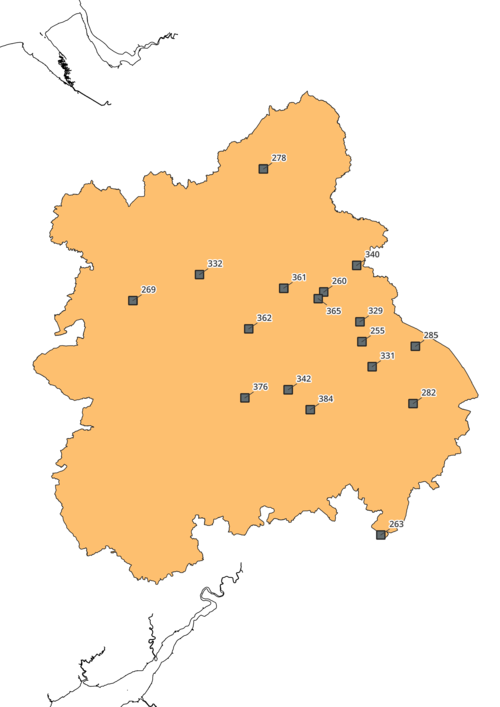
Yorkshire & Humber
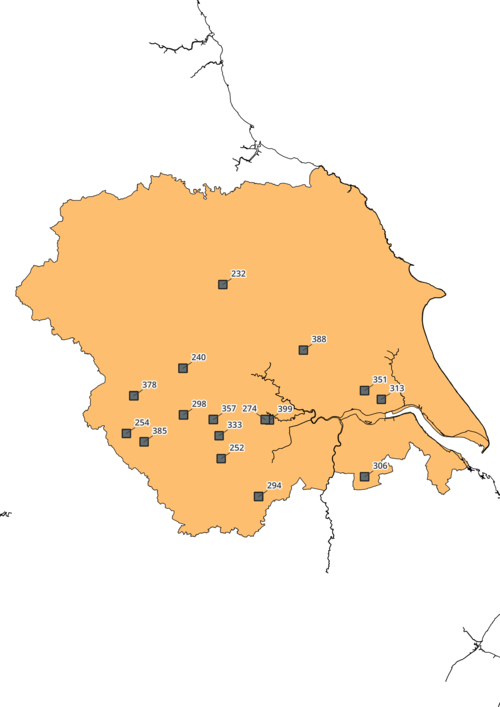
References
- ↑ EU Council Decision (2003/33/EC) establishing criteria and procedures for the acceptance of waste at landfills pursuant to Art 16 of and Annex II to Directive 1999/31/EC
- ↑ Defra, 2010. Environmental Permitting Guidance: The Landfill Directive for the Environmental Permitting (England and Wales) Regulations 2010. London: Department for Environment, Food and Rural Affairs, p.7.
- ↑ EA Remaining Landfill Capacity
- ↑ EA Remaining Landfill Capacity
